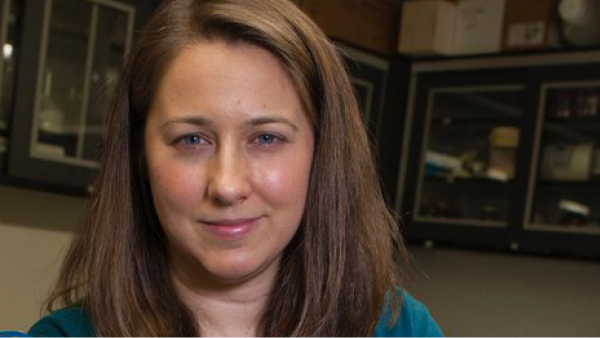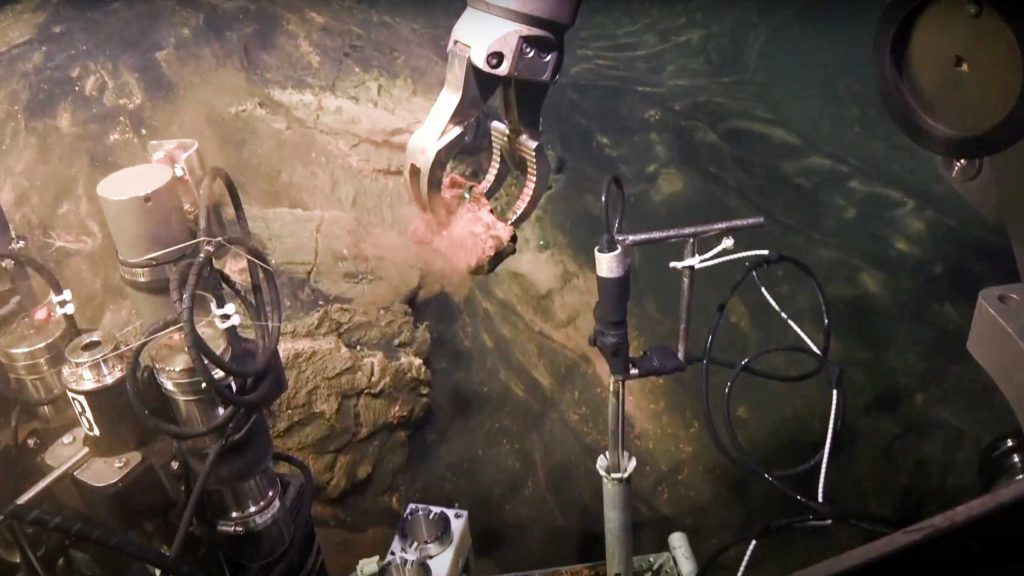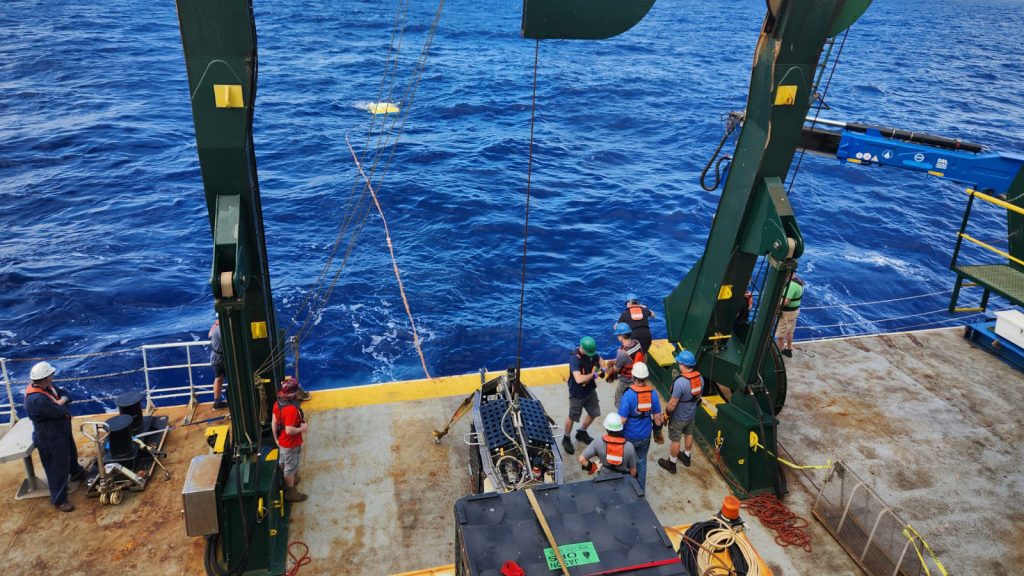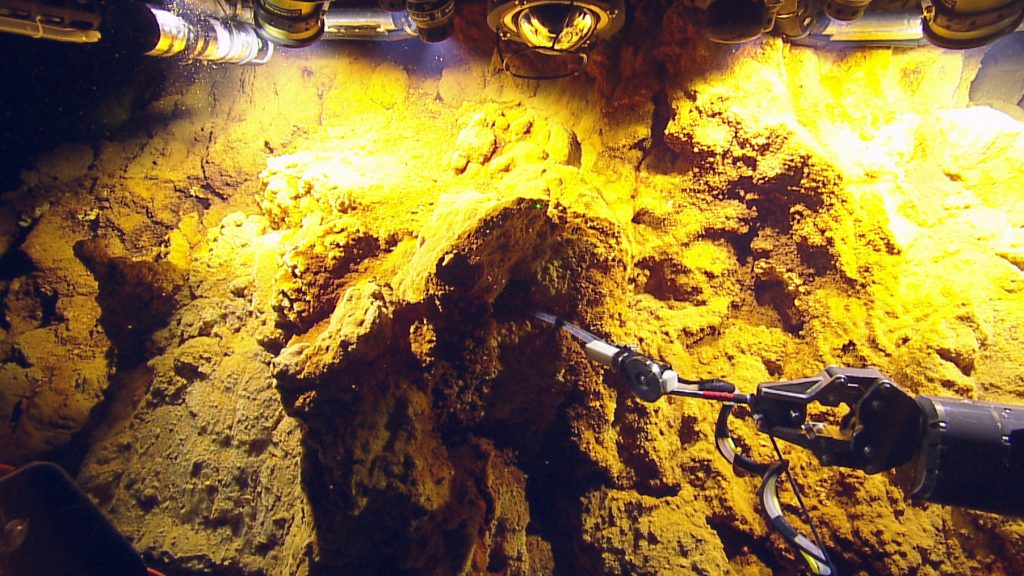Kama Ehu 2023
NDSF user spotlight: Roxanne Beinart on microbes and deep sea science
Roxanne Beinart, photo by Alex Deciccio. Roxanne Beinart is a professor of biological oceanography at the University of Rhode Island’s Graduate School of Oceanography. She’s been using NDSF vehicles since early in graduate school and is a member of the Deep Submergence Science Committee (DeSSC). We sat down with Beinart to hear about how all…
Read MoreGoing with the flow
Science at sea-part two In the spirit of adjustment, I asked scientists on the expedition how their goals and approaches have evolved since we’ve been underway. Here is a sampler of what they said: Isaac Keohane (University of South Carolina) brought two computers and an external hard drive on the expedition for redundancy. As luck…
Read MoreThe importance of having a plan B (and C, D, E, and F)
While power outages aren’t excessively common on research cruises, this event does encapsulate the nature of conducting science at sea: anything that can go wrong might go wrong at any given moment and—as happened today—without any prior warning. Chief Scientist Chris German’s mantra is to treat every day at sea like it may be your last day for conducting science, which is why he always has a plan B (and a plan C, D, E, and F if it comes to it).
Read MoreTaking Kama’ehuakanaloa’s Temperature After Recent Unrest
ROV Hercules sampling for hydrothermal fluid compositions and associated microbiology at the Dragon Cave vent, Kama’ehuakanaloa seamount, during the SUBSEA program co-funded by NOAA and NASA in 2018. The 2023 Kama’ehuakanaloa Seamount Vents Expedition will be revisiting and sampling this site. (Photo courtesy of Ocean Exploration Trust) Kama’ehuakanaloa Seamount (formerly Lo’ihi) has active hydrothermal vents…
Read MoreKama’ehuakanaloa Seamount Hydrothermal Vent Expedition: Expanding Early Career Involvement
Early career researchers from various institutions set sail aboard the Kilo Moana Research Vessel today to visit Kama’ehuakanaloa Seamount (formerly known as Lō’ihi), the youngest volcano in the Hawaiian-Emperor Seamount Chain. This NSF-funded collaborative research expedition, led by WHOI Senior Scientists Chris German and Jeff Seewald, is investigating the impact on the subseafloor hydrothermal circulation…
Read More



